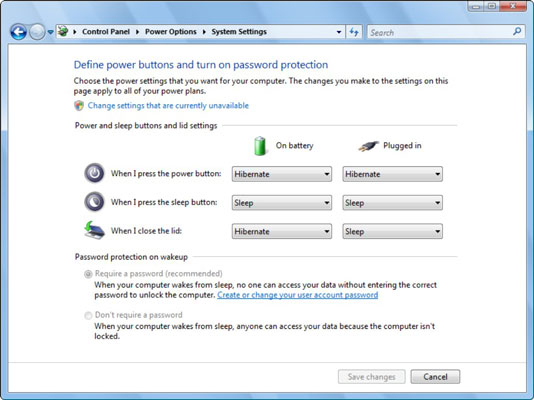

RELATED: How to Enable the Ultimate Performance Power Plan in Windows 10įrom the drop-down menu for “When I close the lid,” select “Do Nothing. Next, click “Choose what closing the lid does” in the pane to the left.

If you don’t see the battery icon, click on “Show Hidden Icons” and then right-click on the battery icon-or head to Control Panel > Hardware and Sound > Power Options instead. To change the default behavior of Windows 10 when you close the lid, right-click the battery icon in the system tray, and then click on “Power Options.” You’ll need to manually put your laptop to sleep, hibernate it, or shut it down using its power buttons or in the options in the Start menu rather than simply closing the lid. Set the amount of time your computer or display should wait before going to sleep: Drag the Computer sleep and Display sleep sliders.

See Schedule your Mac desktop computer to turn on or off. Your laptop will continue to run, wasting its battery and potentially even overheating in your bag. Set your Mac to go to sleep and wake up at a specific time: Click Schedule in the bottom-right corner, then select the options you want to use. If you do this, be careful! Closing your laptop’s lid and throwing it in your bag while it’s still on could cause some serious problems due to poor circulation or blocking of vents. Use the Control Panel-not Windows 10’s Settings app-to change this behavior. This can be a problem when hooking your laptop up to an external monitor. Windows 10 normally puts your laptop into low-power sleep mode when you close the lid.


 0 kommentar(er)
0 kommentar(er)
